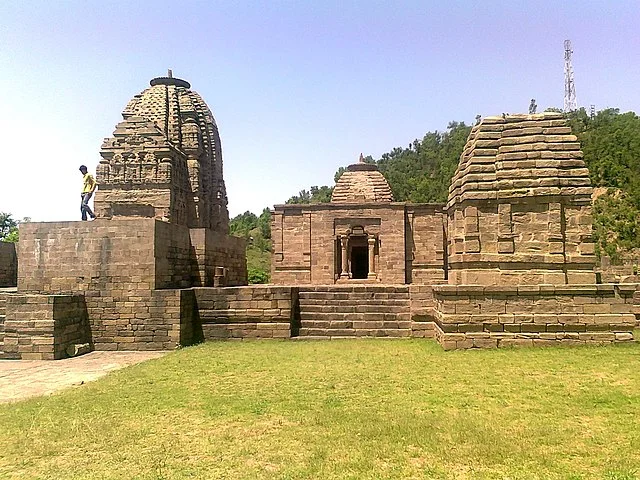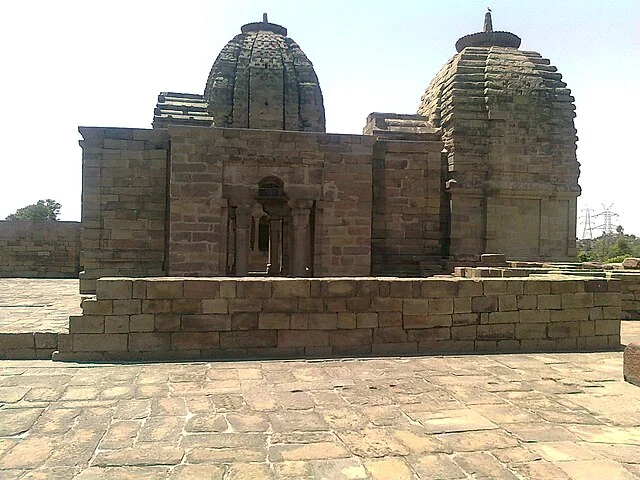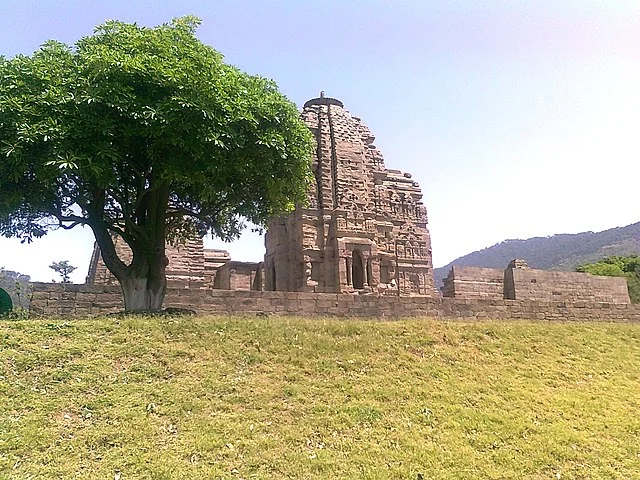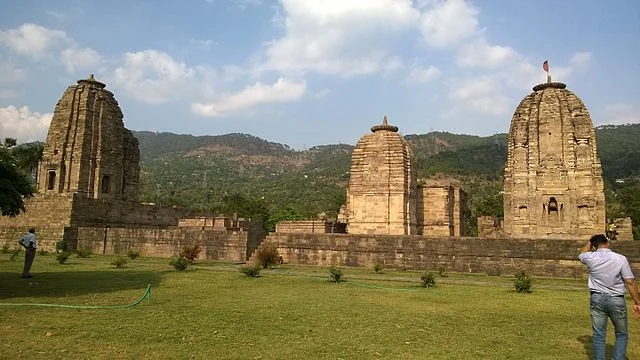The Krimchi temples, located in the Udhampur district of Jammu and Kashmir, India, are an important archaeological site. These temples are known for their unique architectural style and historical significance. Constructed between the 8th and 9th centuries AD, the Krimchi temples represent one of the earliest temple complexes in the region. Their design reflects a blend of Kashmiri, Greek, and Central Asian architectural influences.
Get your dose of History via Email
Architecture and Layout

The Krimchi temple complex consists of seven temples, although only four remain largely intact. The main temple is dedicated to Shiva, a key figure in Hinduism. It stands out with its tall, pyramidal spire, known as a shikhara. The smaller temples around the main structure likely honored other deities such as Vishnu and Ganesha. These temples feature intricate carvings of Hindu gods and geometric patterns, adding to their artistic value.
The layout of the complex follows a north-south alignment, with the main temple facing east. This orientation allowed sunlight to enter the sanctum during morning rituals, reflecting the spiritual significance of the location. The temples also utilize locally available stone, which has withstood the passage of time.
Historical Significance

The Krimchi temples provide insight into the cultural and religious dynamics of the region during the early medieval period. While their exact origin remains unclear, some historians suggest that the temples were built during the rule of the Karkota Dynasty, which governed the Kashmir Valley from the 7th to 9th centuries AD. The Karkotas were known for promoting Hinduism and temple-building, making them likely patrons of this site.
Over time, the Krimchi temples became an important religious center, attracting devotees from surrounding areas. The site’s connection to Shaivism indicates the continued importance of Shiva worship in the region during the early medieval period.
Archaeological Findings

Excavations around the Krimchi temples have unearthed several artifacts, including stone sculptures, coins, and pottery. These findings have helped archaeologists date the site and understand its historical context. The discovery of inscriptions and temple fragments also provides clues about the religious practices and temple construction methods during that era.
Preservation and Tourism

Today, the Krimchi temples are under the protection of the Archaeological Survey of India (ASI). Conservation efforts have focused on maintaining the structural integrity of the remaining temples while also preserving the intricate carvings and sculptures. The site has also become a destination for tourists and scholars interested in early Indian temple architecture.
In conclusion, the Krimchi temples hold great historical, cultural, and religious significance. Their unique blend of architectural styles and their role in regional history make them an important subject of study for historians and archaeologists alike. Efforts to preserve the temples ensure that future generations can continue to appreciate this remarkable example of early medieval Indian architecture.
Source:

